|
|
Adaptation versus female talkativeness
Women, on average, they say much more than men. Of course, there are talkers and men, what to look, and women silent type, but the overall distribution of this is that more women talk, men are more reticent. This is a social fact, observed for thousands of years. And this is surprising, because women in traditional society once again opened his mouth was not supposed to.

For example, in Scotland in 1567 invented a special device against female talkativeness. He was called a scold's bridle or brank's bridle ("violently bridle"). It is an iron mask or wrap that tightly encircled the woman's head. On the inner side of the mask was a special "limiting language" - a steel tongue or gag, often severe, sometimes with spines. He was inserted into the mouth of a woman, clutching language. Speaking at the same time made it impossible - any attempt could cause serious damage to the language.
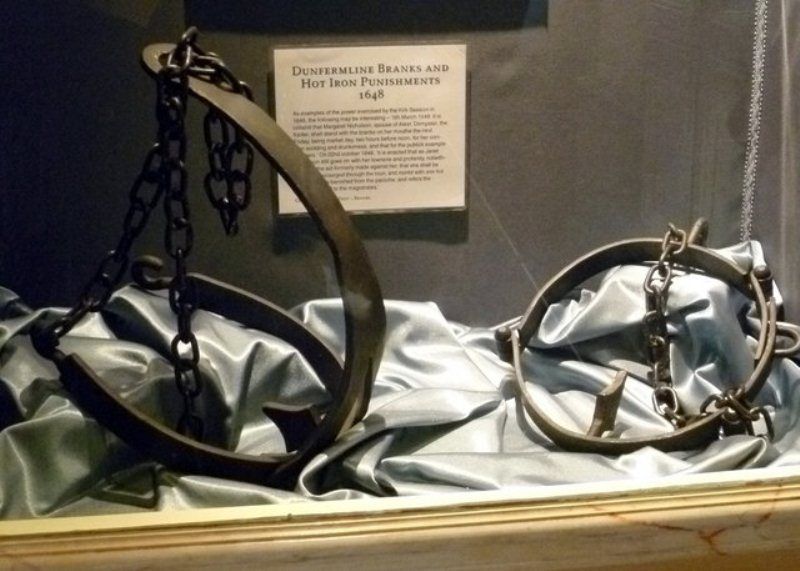
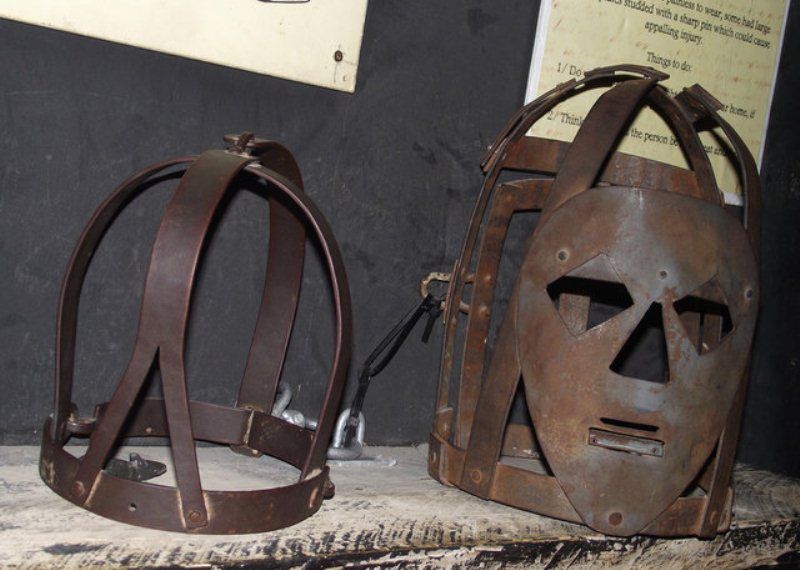
These gizmos are used to punish women of the lower classes, which is too much talking, cursing, gossip, lie, and those that were suspected of witchcraft. Some "bridle violently," made with interchangeable "tongues": the heavier the offense has been scrambled, the more dangerous to use the tongue.
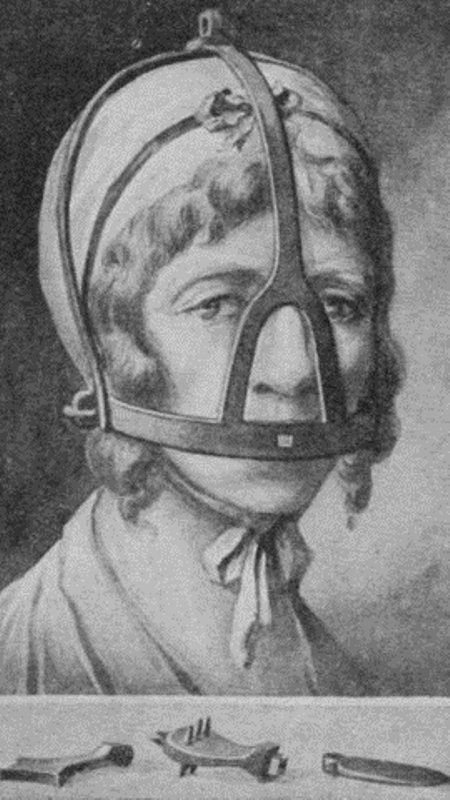
Here is the variant with slots for the lips:
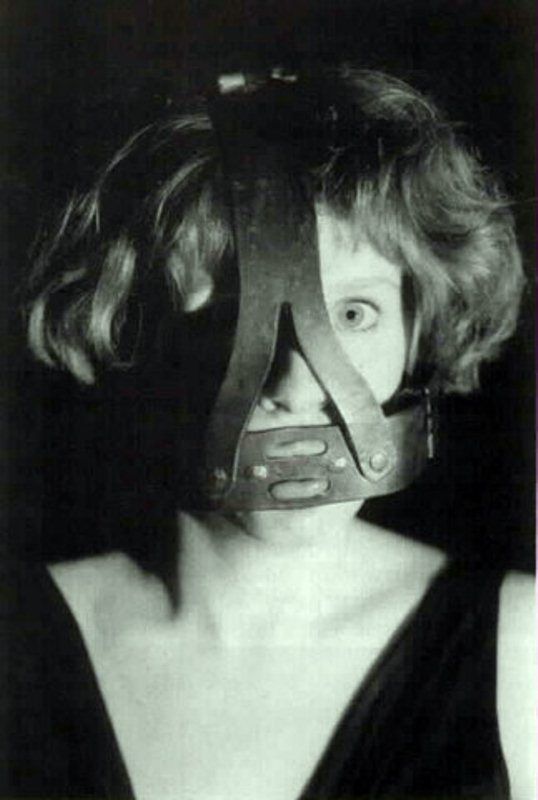
Since the occupation of the gab was considered not worthy of man, "bridles" are often made to look like faces and heads of animals - pigs, goats and donkeys. To the outside face of the sometimes long casteth a symbolic language.
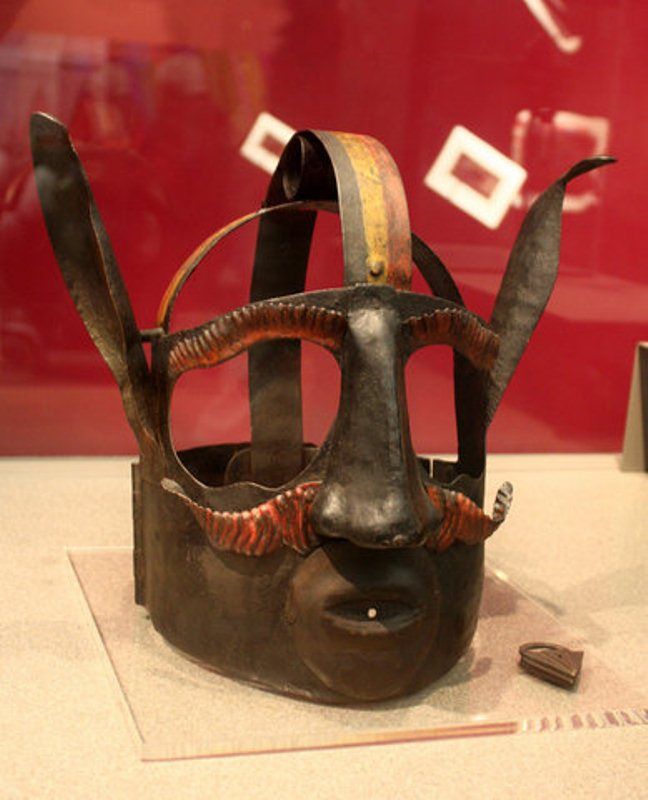
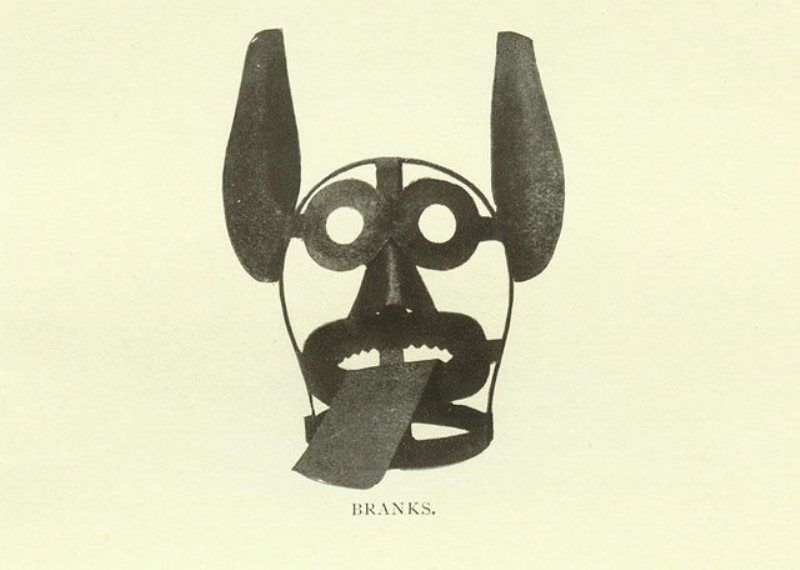
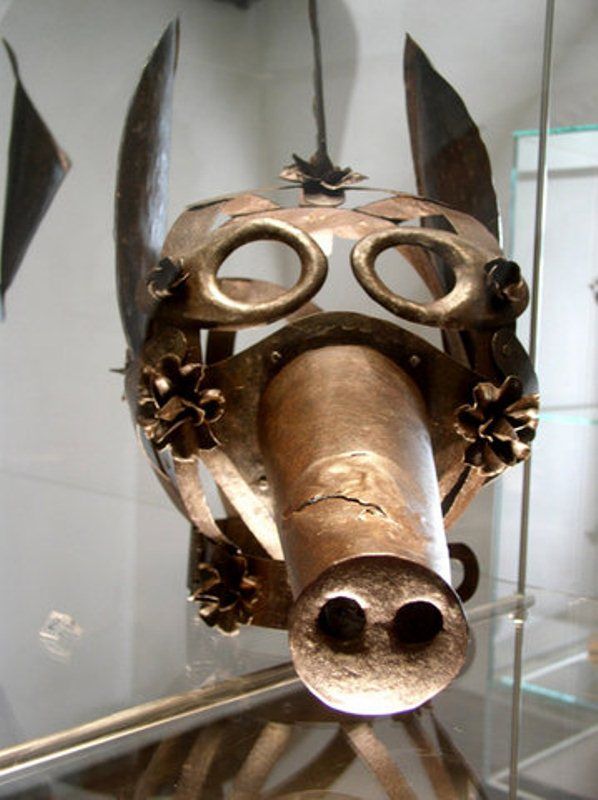
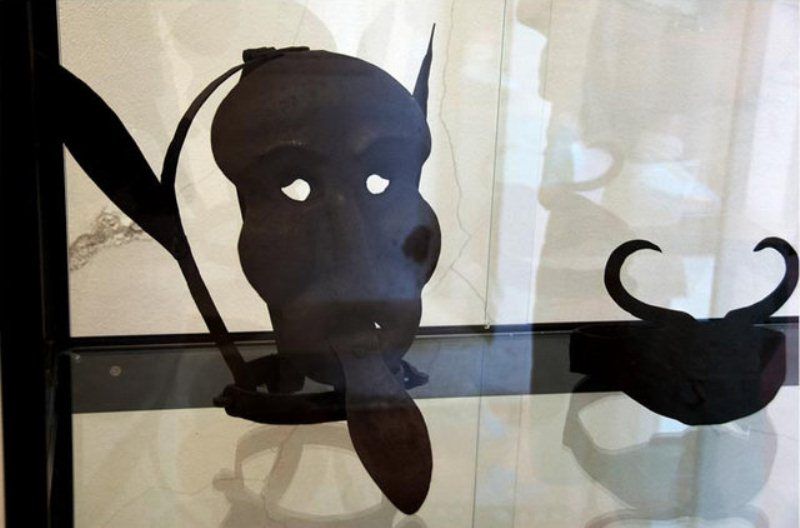
On top of the iron mask was often ring the bell, and the back or side - for the chain. The bailiff (or even a husband, wife punished) could hold the guilty woman in the city, in crowded places, so that all turned around on the ring, looked at her and strongly censured.
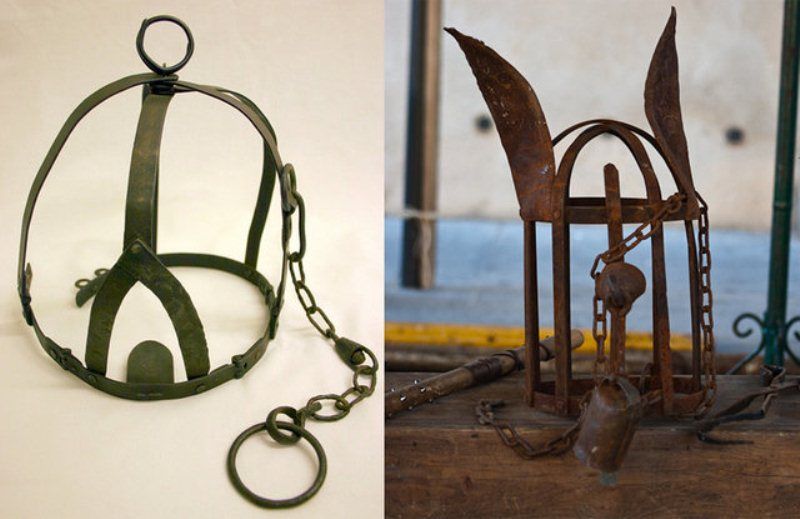
Theoretically, the law allowed such things, and to punish men. Odaka actually punished men very rarely and only in major cities of Scotland. But the women - always and everywhere. We used the "bridle violently" in Scotland and Northern England for a long time - until the beginning of the XIX century. For some time it is also used in the United States (in the middle of the XVIII century) and the German states (in the early XIX-th). In America - for the punishment of slaves, in Germany - to punish the people detained in workhouses. The Americans and the Germans with the Austrians, however, were punished this thing not only for the abuse and talkative, and not just women. |
Rate
-
1
View Rating Log
-
|